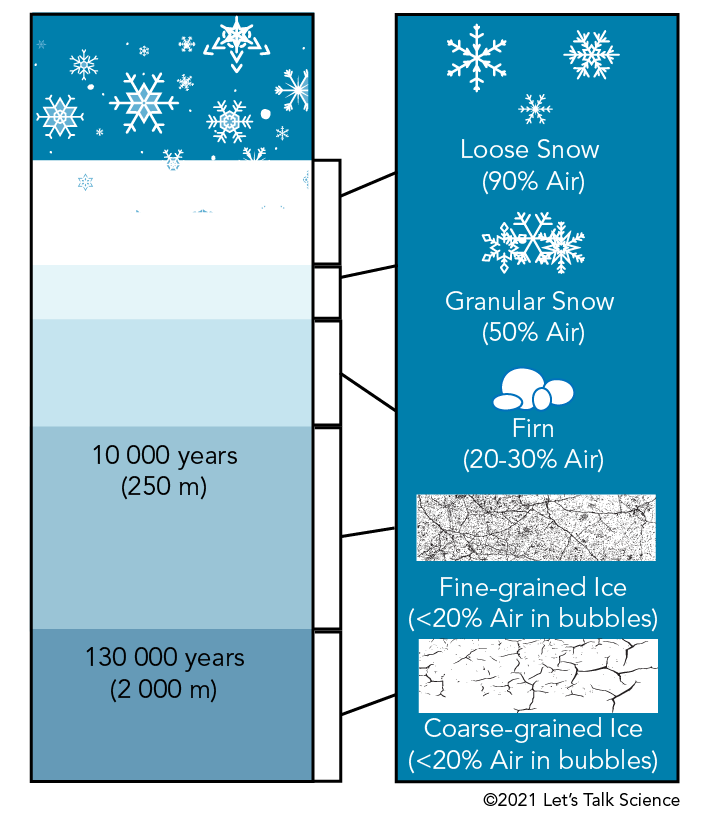Reevaluating Earth's CO2 History
Ice Cores, Plant Stomata, and the Debate Over Anthropogenic Impact
The ongoing debate and investigation into the causes and impacts of global warming bring to the forefront the significance of understanding Earth's climatic past to forecast its future. Central to this discourse is the theory of anthropogenic global warming, which posits that human activities, primarily through the emission of greenhouse gases (GHGs) such as carbon dioxide (CO2), have significantly altered the Earth's atmospheric composition, leading to global warming and climate change. Let’s explore the essential crux of the anthropogenic global warming theory, examine the reliability of ice cores in recording atmospheric CO2 concentrations, and explore alternative methods such as plant stomata analysis to gain insights into historical CO2 levels.
The anthropogenic global warming theory is underpinned by the analysis of atmospheric CO2 concentrations over geological timescales. Scientific evidence suggests that for the past 800,000 years, atmospheric CO2 levels fluctuated between approximately 180 to 300 parts per million (ppm). This range is considered to reflect natural variability, driven by Earth's orbital cycles, volcanic activity, and interactions between the atmosphere, oceans, and biosphere.
However, the stark increase in CO2 levels to the current concentration of around 420 ppm is attributed to anthropogenic emissions, primarily from the burning of fossil fuels, deforestation, and industrial processes. It is claimed that this significant departure from the historical range is a key indicator of human influence on the climate system.
Understanding the historical context of atmospheric CO2 levels is crucial, and ice cores have been an invaluable resource in this endeavor. Ice cores are cylindrical samples extracted from ice sheets and glaciers. They contain trapped air bubbles that have been sealed off from the atmosphere, or at least that is the assumption, as the ice forms, preserving a record of past atmospheric conditions. By analyzing the gases within these bubbles, scientists can reconstruct atmospheric compositions, including CO2 concentrations, over hundreds of thousands of years.

However, the formation of glacial ice is a prolonged process that occurs over centuries to millennia. This slow encapsulation process means that ice cores may not effectively capture short-term fluctuations in atmospheric CO2 levels, which could last only a few years to decades.
The question then arises: How accurately do ice cores reflect short-term variations in CO2 concentrations? This is where alternative methods, such as the analysis of plant stomata, come into play. Stomata are microscopic pores found on the surfaces of leaves and needles, facilitating gas exchange between the plant and the atmosphere. The density of stomata on plant leaves is influenced by atmospheric CO2 levels; higher concentrations lead to fewer stomata, and vice versa. By examining fossilized leaves and comparing stomatal density across different periods, scientists can infer past CO2 levels with a higher resolution than ice cores, potentially capturing more significant, short-term changes.

The evidence from plant stomata analysis suggests that there have been many more large, short-term fluctuations in atmospheric CO2 levels than those recorded by ice cores. In fact, some studies suggest levels approaching 400 ppm in the 14th and 16th centuries, challenging the notion of stable CO2 prior to human emissions.
Keep reading with a 7-day free trial
Subscribe to Irrational Fear to keep reading this post and get 7 days of free access to the full post archives.




